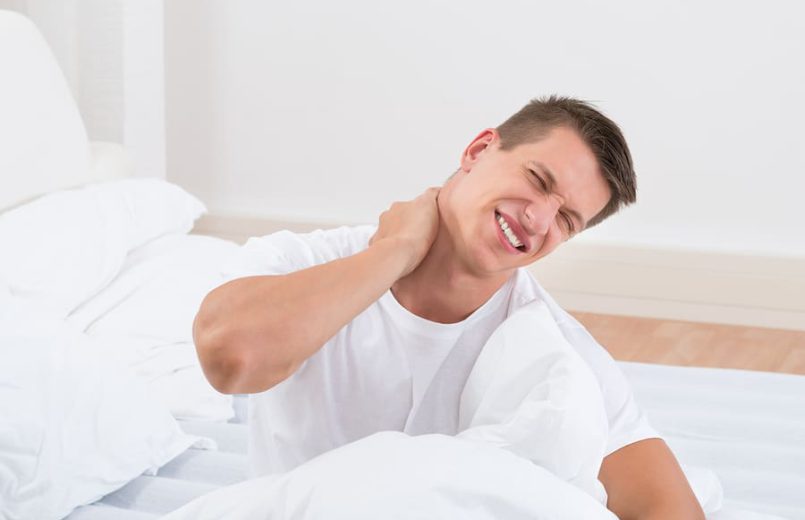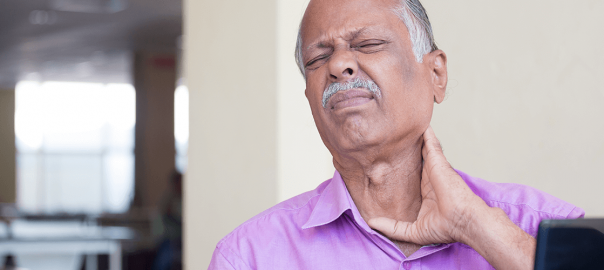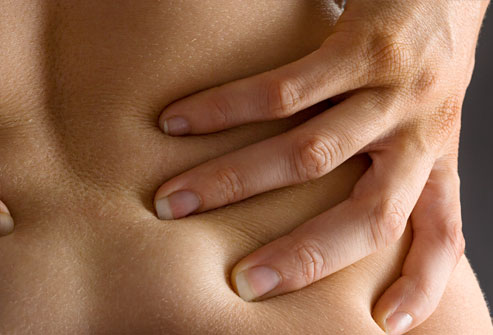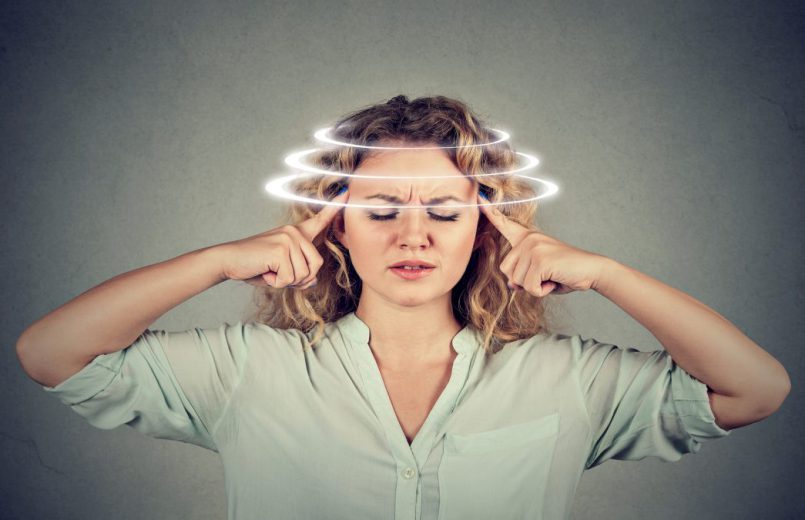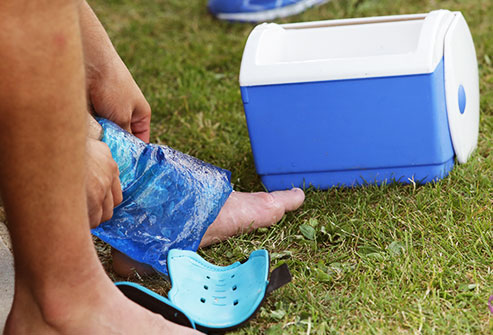Who has not ever got up with a sore neck? Most of the time these muscular contractures and nocturnal cervical tensions have their origin in an improper use of our pillow.
In fact, much of these discomforts would disappear with just having adequate support during sleep. Therefore, to avoid these pains and ultimately enjoy a restful rest it is very important and provides the right pillow.
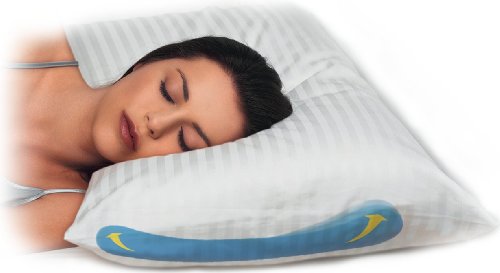
Types of Pillow
According to the physiotherapist in Dwarka, the main function of the pillow is to provide sufficient support to the cervical, so that they remain in correct alignment with respect to the rest of the spine.
The pillow should support the weight of the head, and adapt to it without deforming too much and adjusting to the neck space.
In the market, there is a wide variety of pillows. For the pillow manufacturing material, we find:
- Fiber pillows, the most common.
- Feather pillows
- Latex pillows
- Viscoelastic pillows, also known as Memory Foam.
In cases of sensitive necks, the use of viscoelastic pillows is usually recommended since they have the property of adapting to the head and neck, offering more ergonomic support.
It is not enough to have a good pillow: you have to use it correctly
There are those who have bought the most expensive and ergonomic pillow on the market and still suffer from neck pain upon waking. And sometimes the problem is not the pillow itself. The problem is how we use it.
To avoid misuse of the pillow, keep the following tips in mind:
- Place your pillow so that the headrests fully.
- Remember that the pillow is for the head, the shoulders should rest on the mattress.
- The thickness of the pillow is very relative, choose the one that best suits your needs.
- The appropriate thing, in any case, is that, when looking at the person horizontally, the head and neck have a position like the one adopted when standing.
Unfortunately, there is no miracle pillow that works for everyone. The pillow that works best for you will depend on how you guide yourself to sleep, and on your personal taste.

